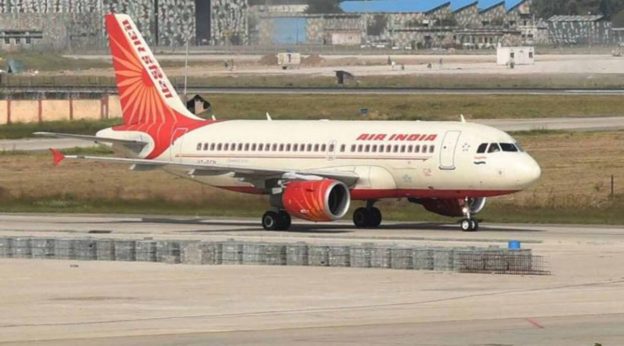After the Tata Group regained ownership of the national flagship carrier, Air India, seven decades after it was nationalised, the airline is taking decisive strides to become a global player with the historic fleet acquisition plan of 470 aircraft, with options to increase this number. This is the first time in more than 17 years that Air India has placed an aircraft order. This is not just the largest order ever made by an Indian airline, but “one of the largest single aircraft orders by any airline anywhere”, stated Air India’s CEO Campbell Wilson. The flagship carrier has signed letters of intent with Airbus and Boeing to acquire 70 wide-body and 400 narrow-body aircraft. With this deal, Airbus gets a bigger share of the wide-body market while Boeing restores its position in the single-aisle jet market. Airbus’s wide-body aircraft will be central to Air India’s ultra-long distance international flight strategy to secure a greater share of the custom of the Indian diaspora based in the US and other developed nations, which has been dominated by the Gulf carriers. The deal also marks an intensification of Tata Group’s partnership with Airbus and Boeing. The Group, for instance, has a contract with Airbus to manufacture the C295 aircraft for the Indian Air Force with the facility being set up in Vadodara. Once the ecosystem is in place, its ambition is to bring in commercial aircraft manufacturing at some point of time in the future, according to Tata Sons chairman N Chandrasekaran.
Obviously, the massive fleet acquisition plans represent a long term bet on the civilian aviation industry which has returned to a semblance of pre-pandemic normalcy. A rule of thumb is that the natural growth of the aviation market is 1.5X India’s GDP growth. Thus, with a projected GDP growth rate of 6-7% in FY 24 and beyond, the ideal growth of the market is 9-10.5% per annum. That is the scenario ahead, with the prospect of India becoming the world’s third-largest civilian aviation market. PM Narendra Modi, who participated in a video call on the launch of the partnership between Air India and Airbus, stated that more than 2,000 aircraft will be needed in the next 15 years. The enabling infrastructure is also in place for the industry to take off. The number of airports has increased from 74 to 147 during the last eight years. The regional connectivity scheme—UDAN—launched seven years ago, has ensured air connectivity with smaller towns and remote parts of the country and made air travel more affordable for the masses.
A total of 73 hitherto unserved or underserved airports, including nine heliports and two water aerodromes, have been operationalised under this scheme. While the fleet acquisition is the good news, the Tata Group faces serious challenges in turning around Air India in a high-cost environment. Although the airline will be much better managed with professionalism, the state of civil aviation is best described as being chronically ill, stemming largely from the industry having no control over costly aviation turbine fuel, which accounts for one-third of operating costs. Moreover, when they lease aircraft, they pay rentals in costly US dollars while revenues are in depreciating rupees. All eyes will be on how the Tata Group navigates through these challenges to make Air India a world-class airline.
https://www.financialexpress.com/opinion/a-maharajas-fleet/2983963/





